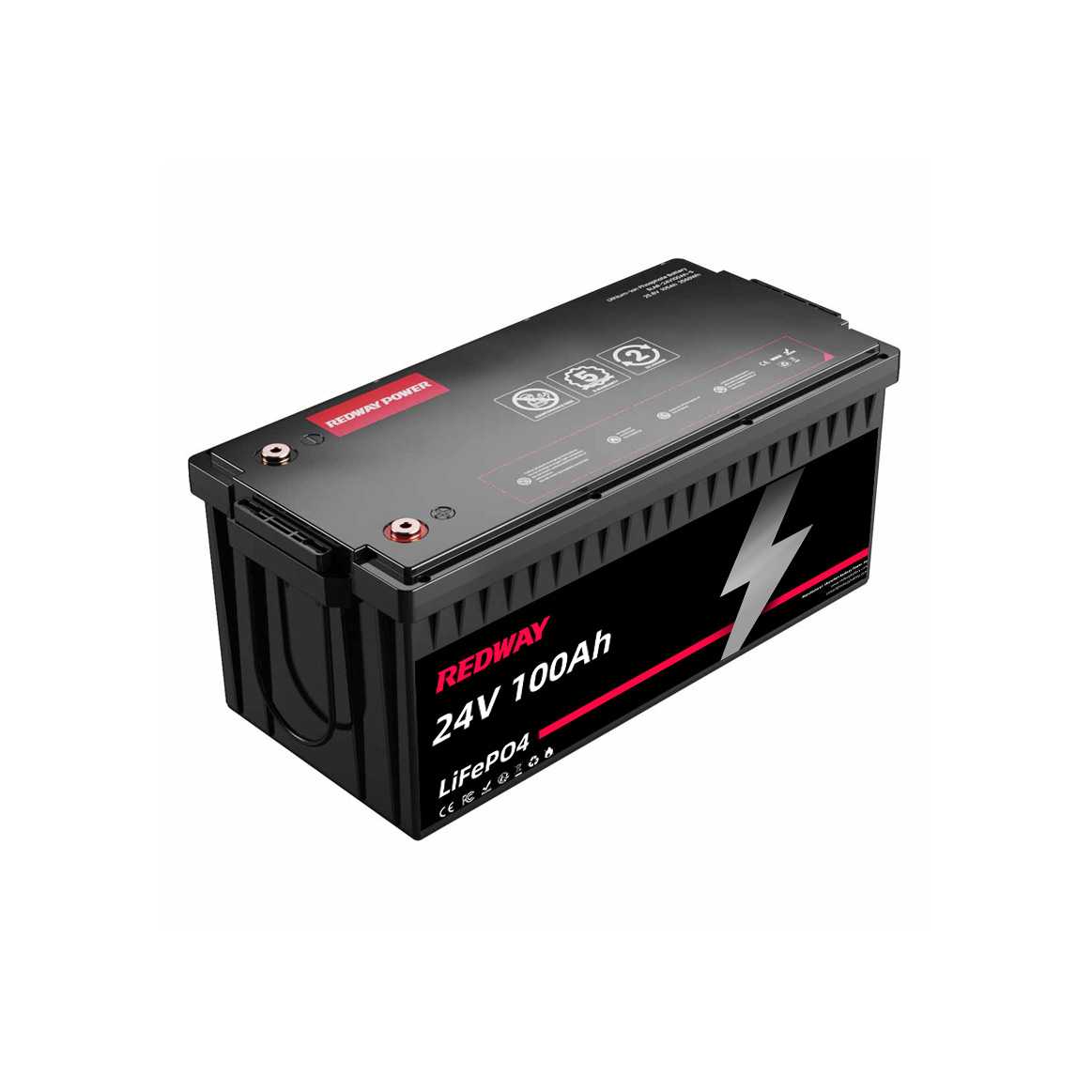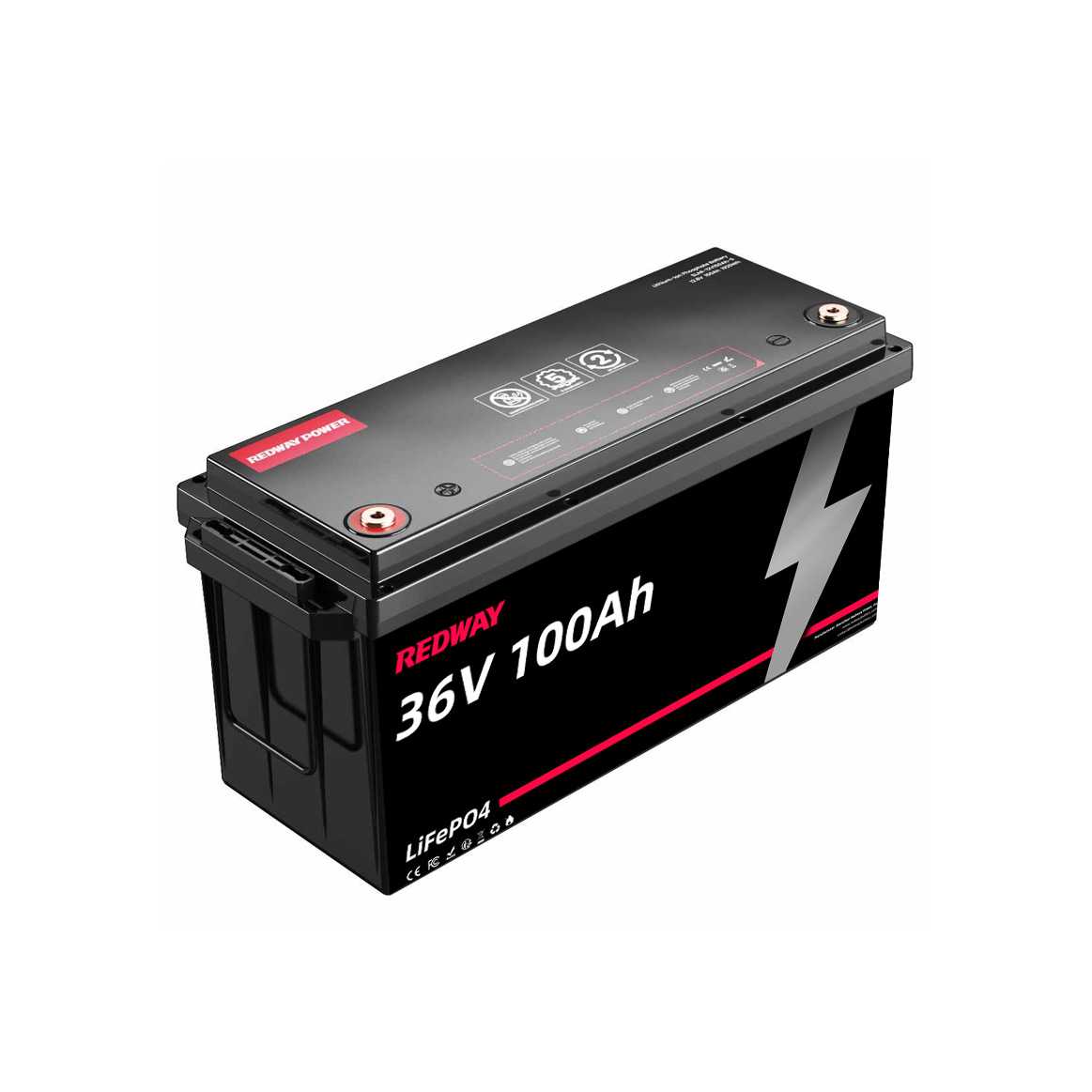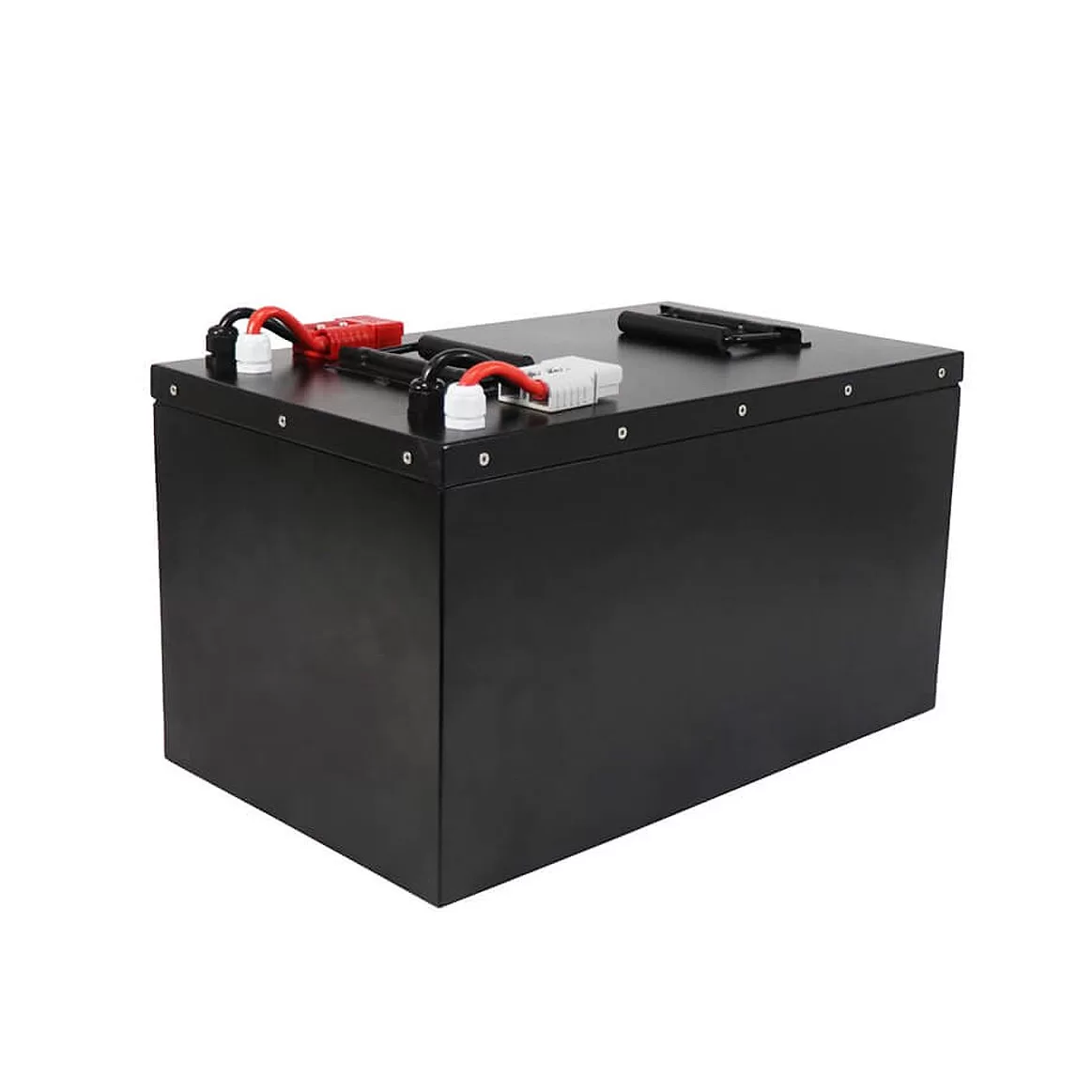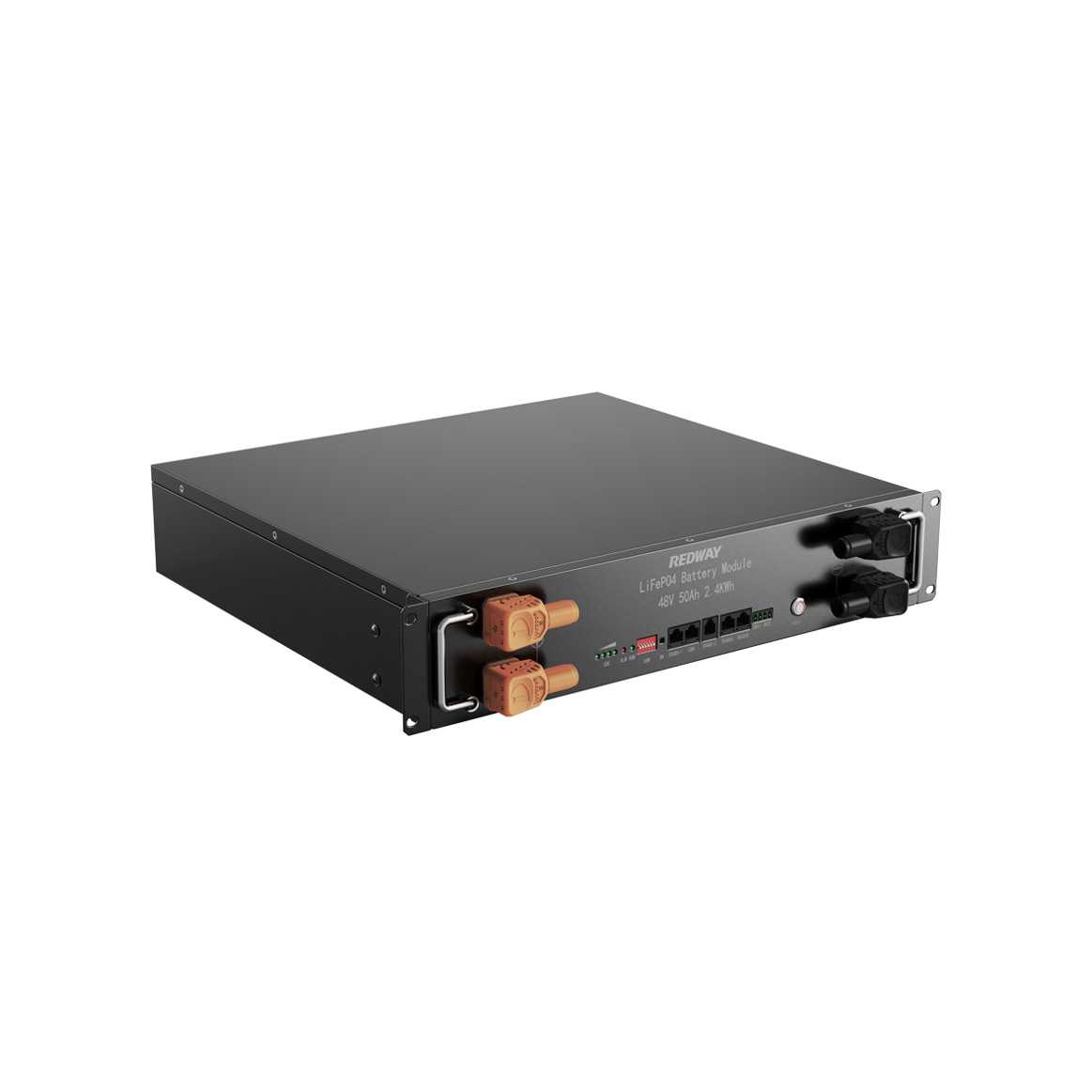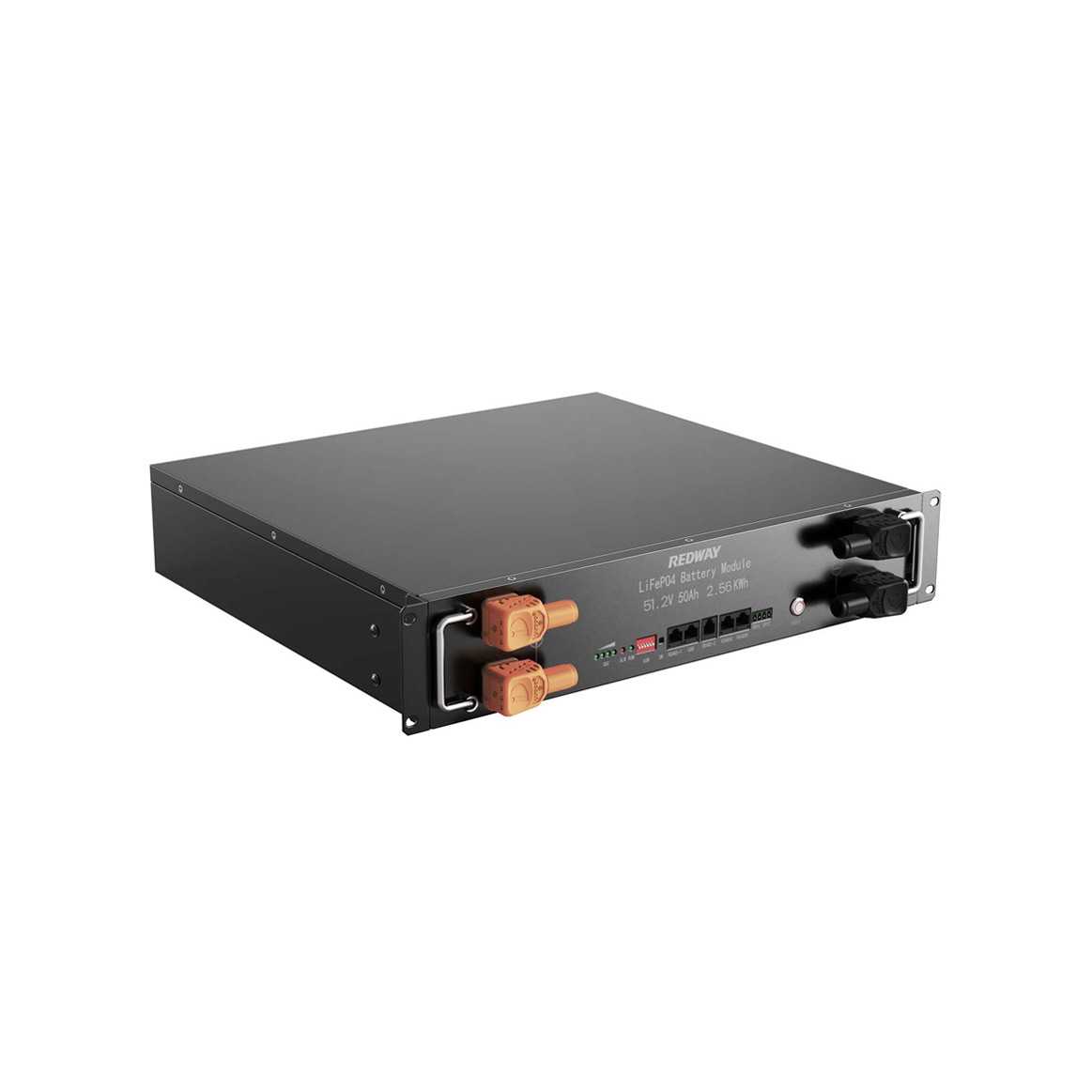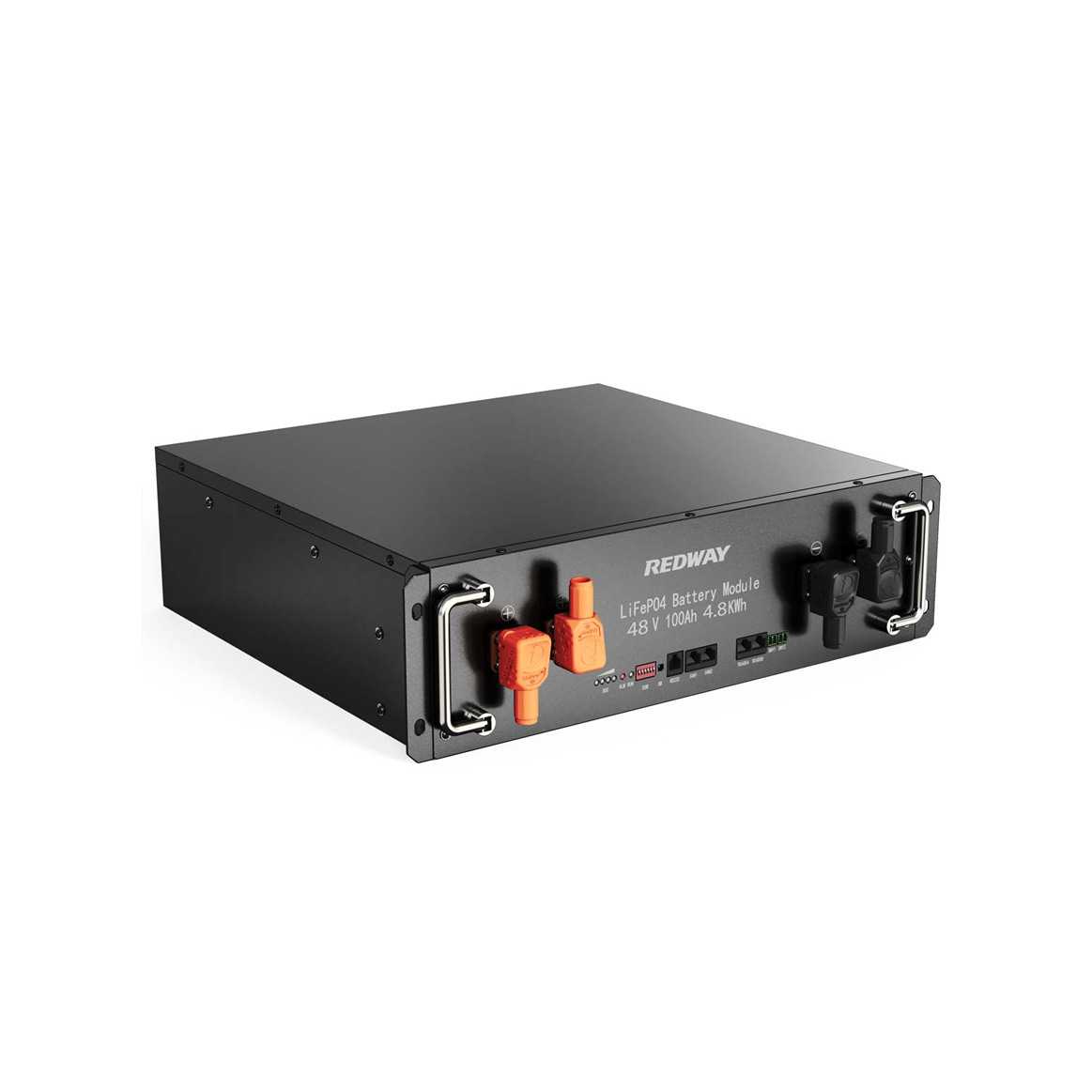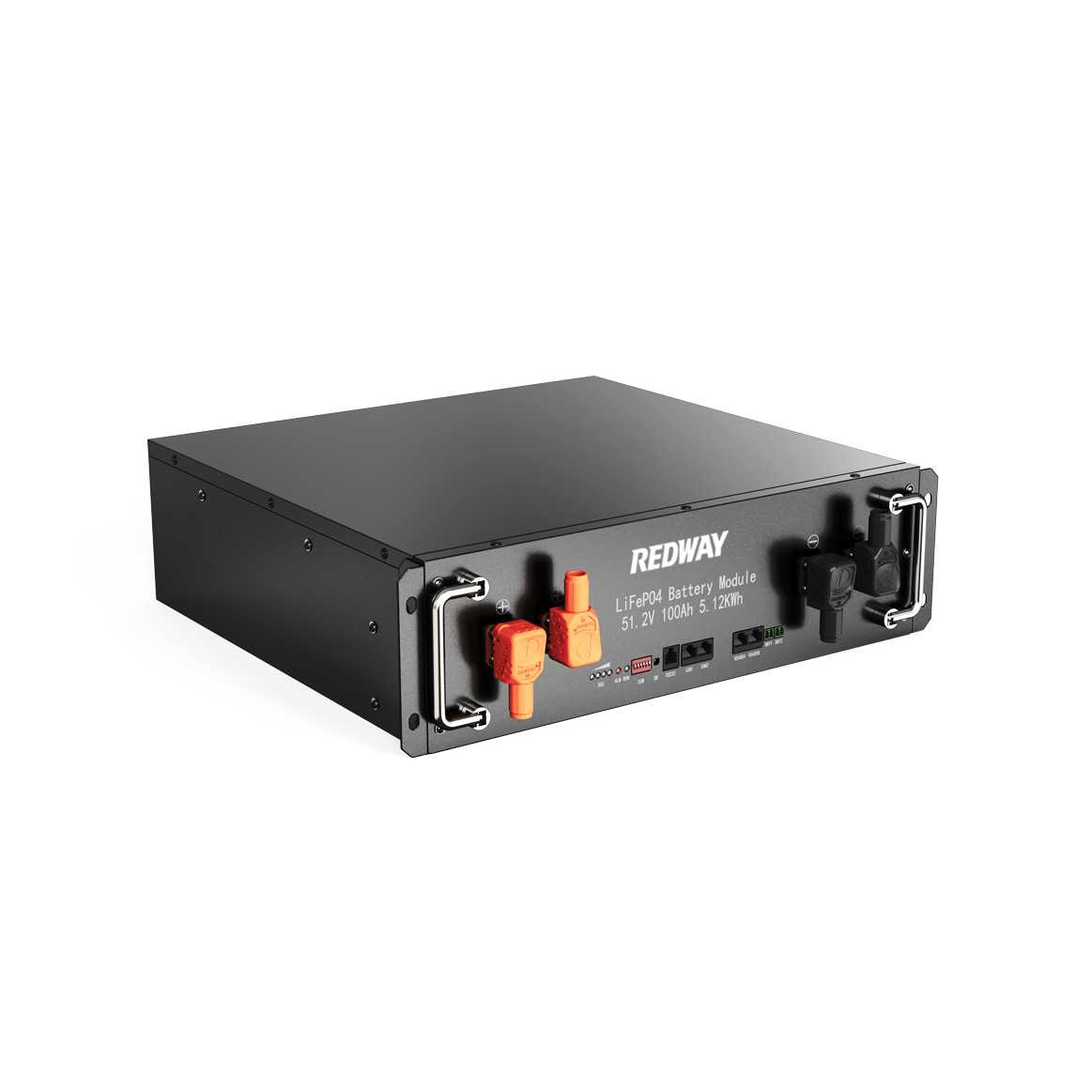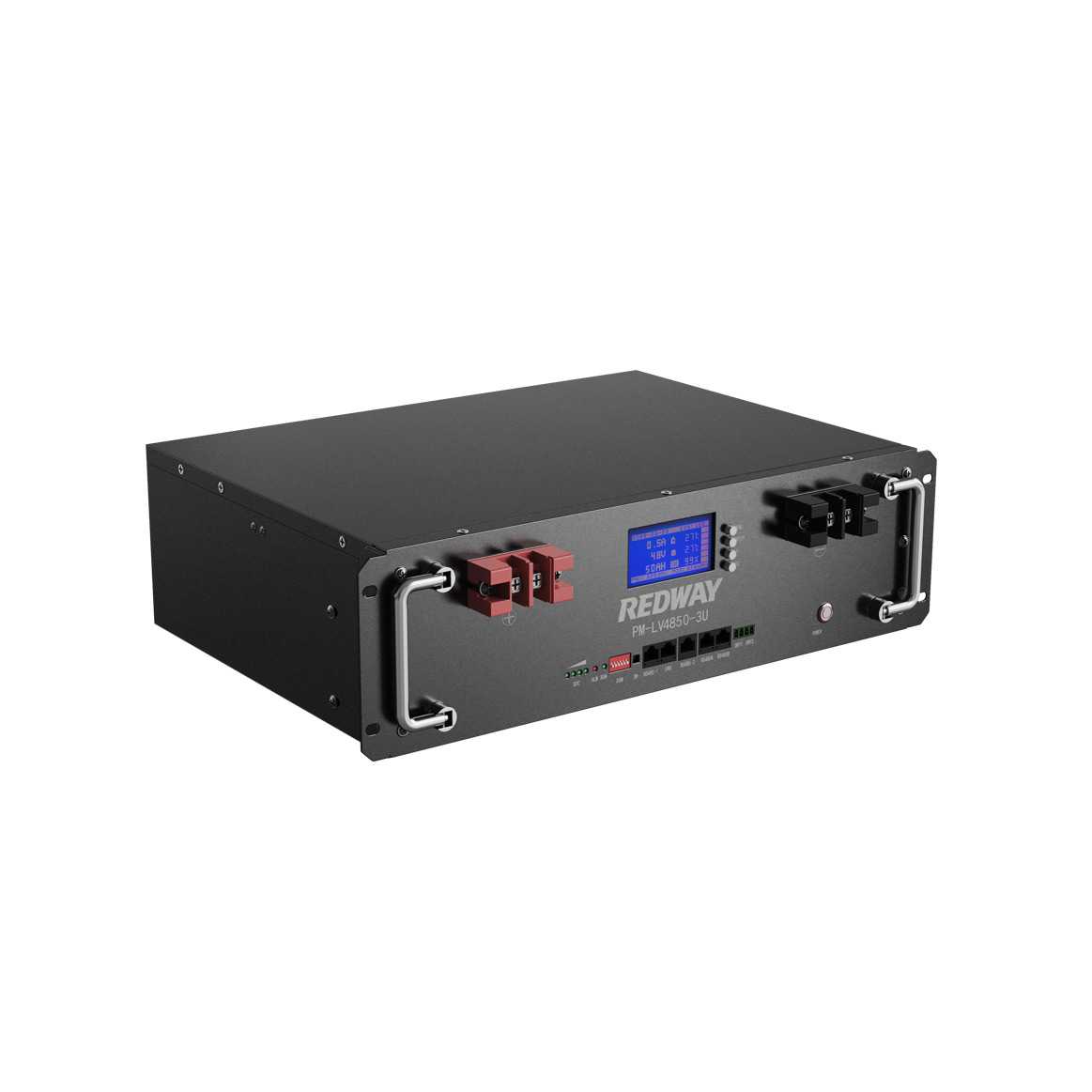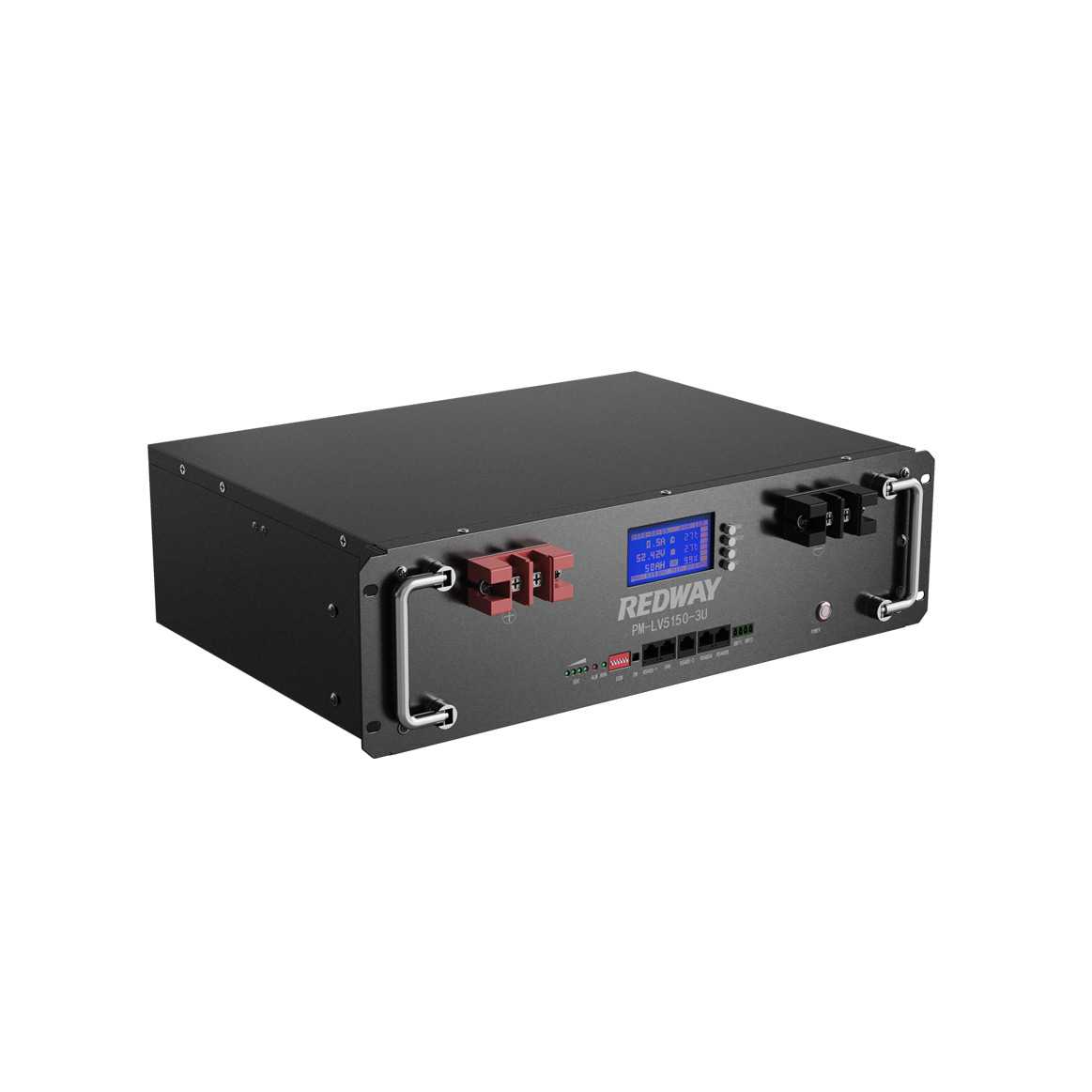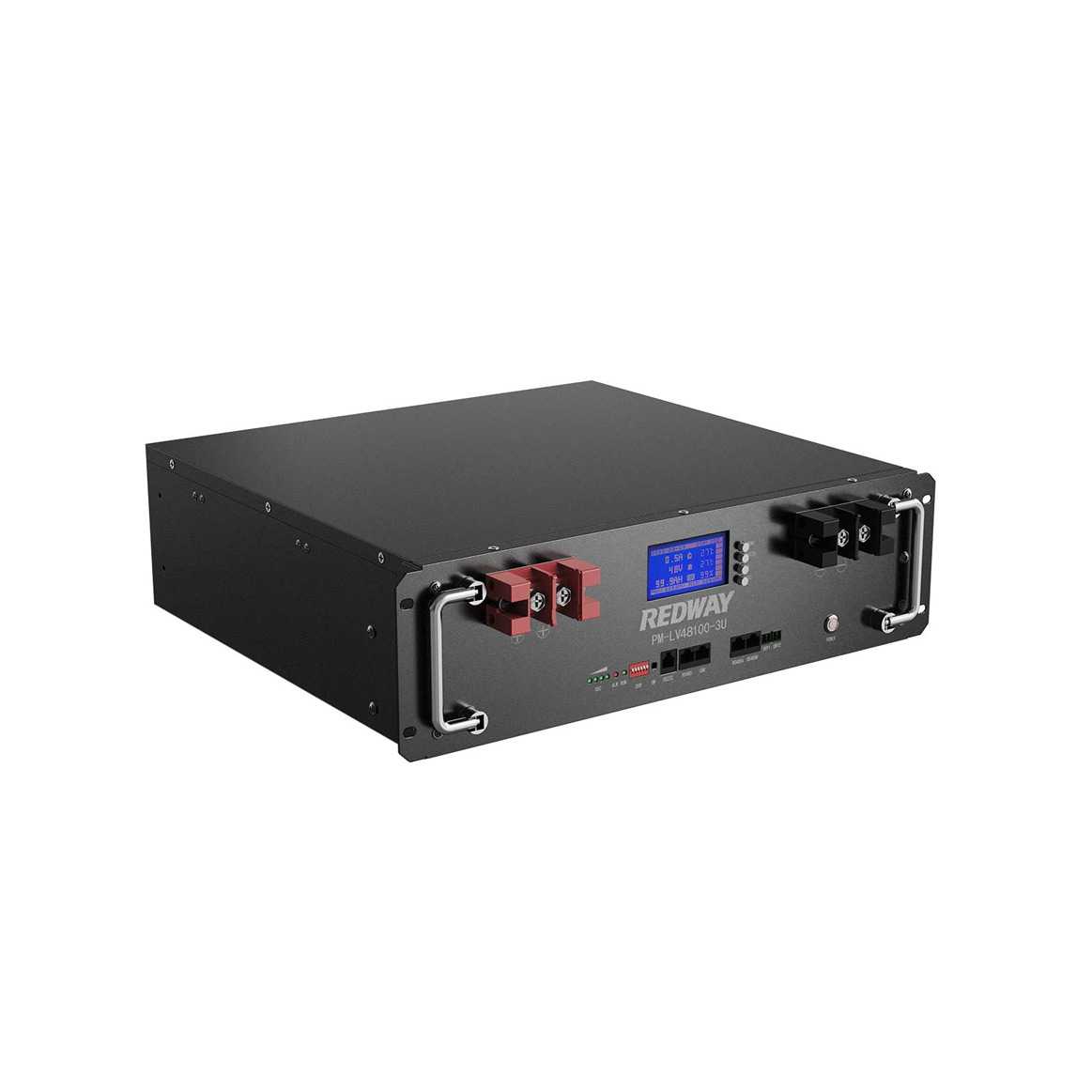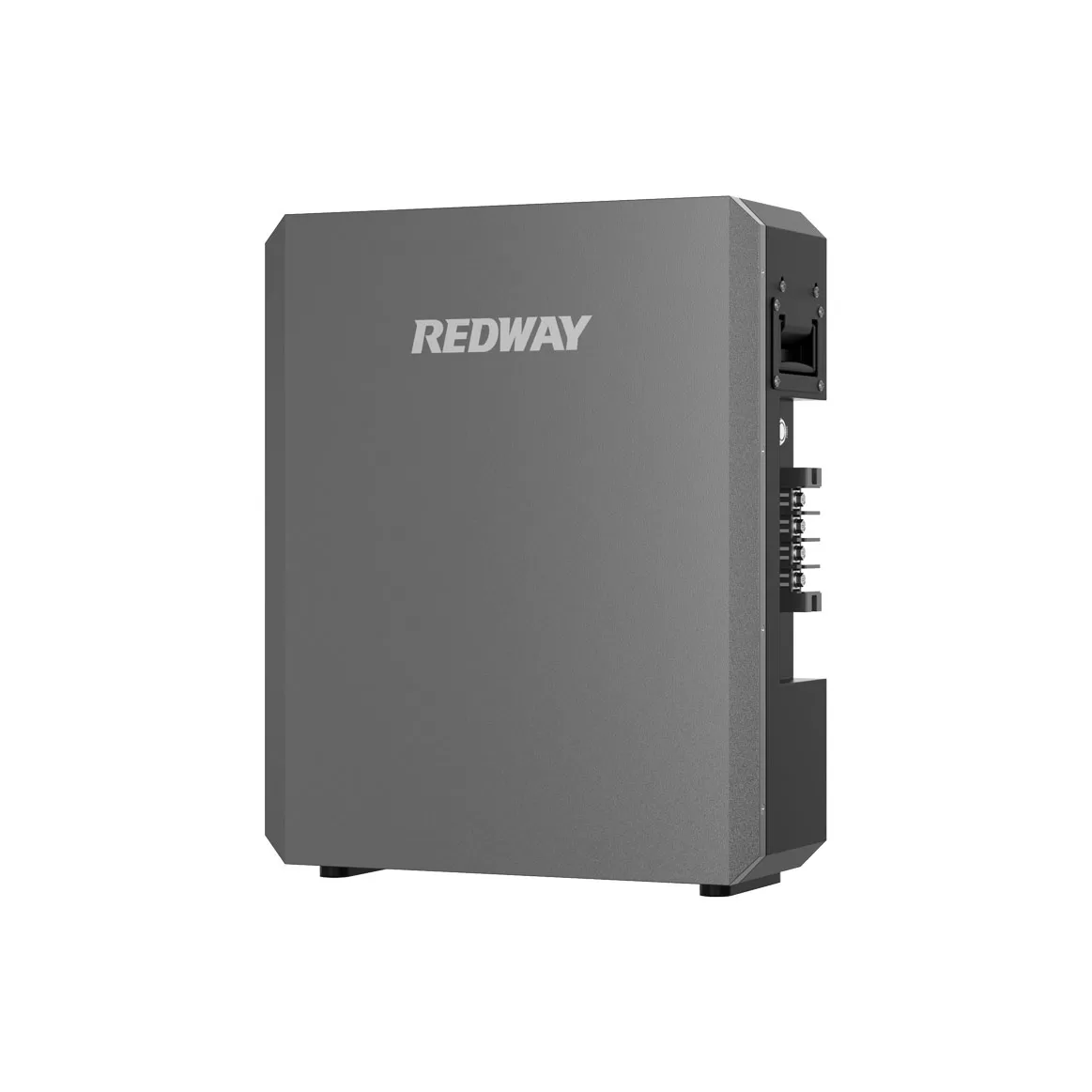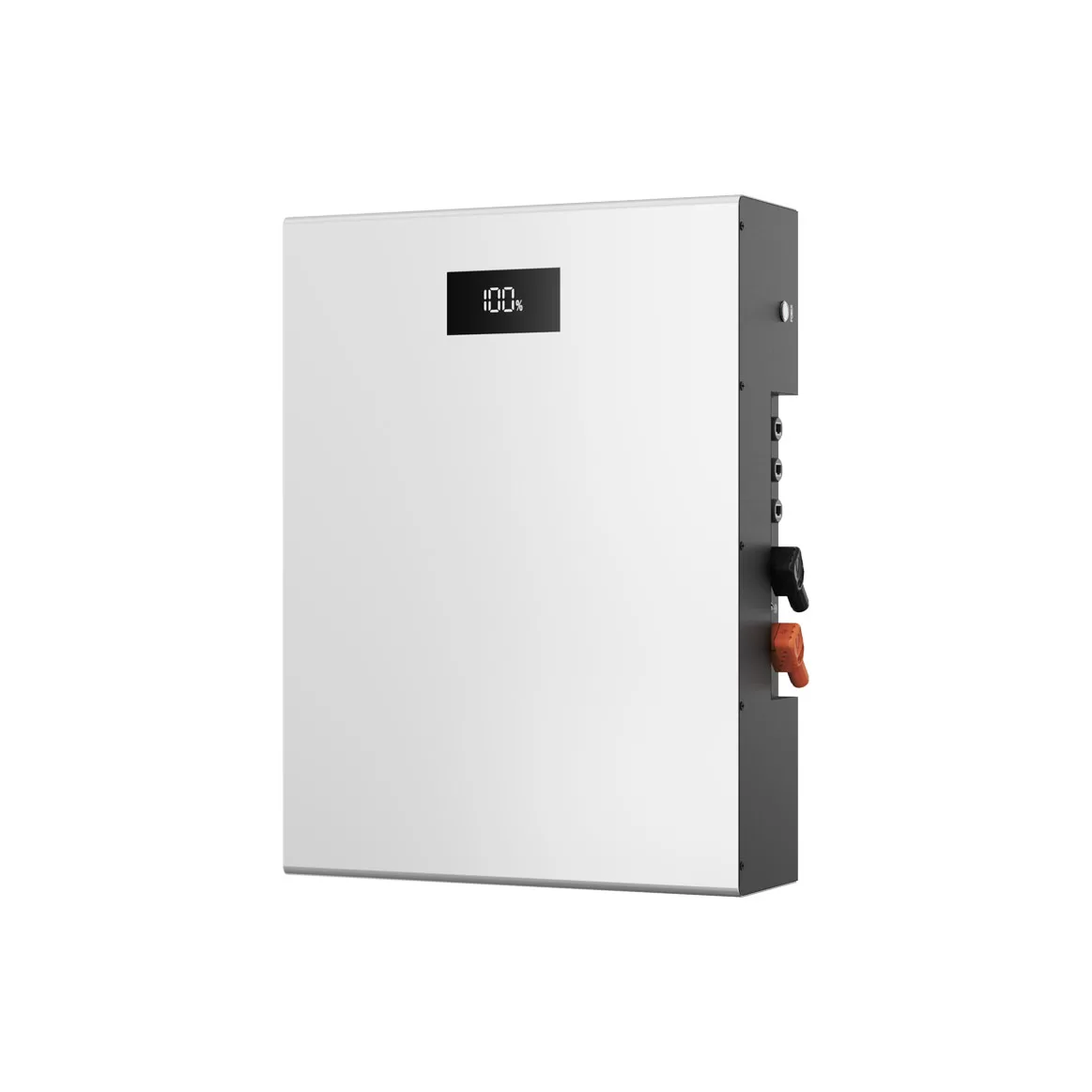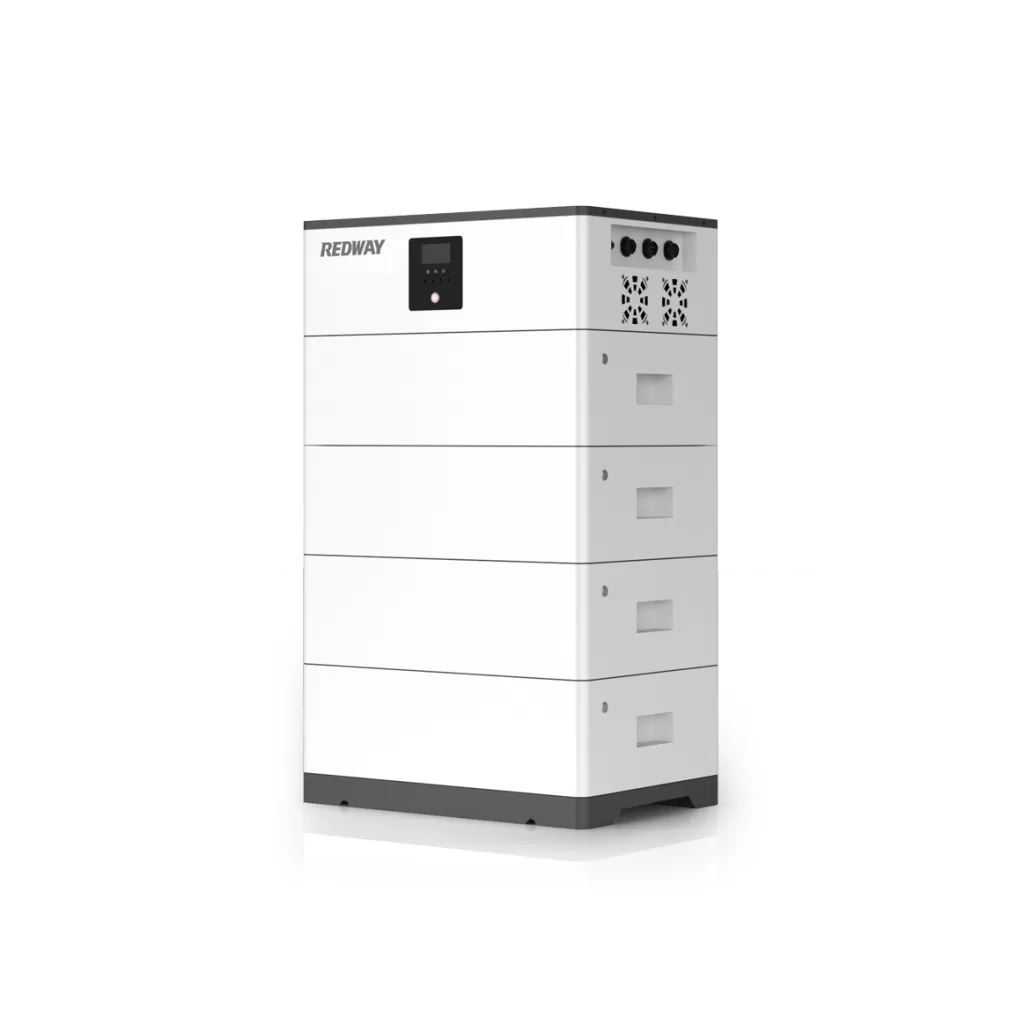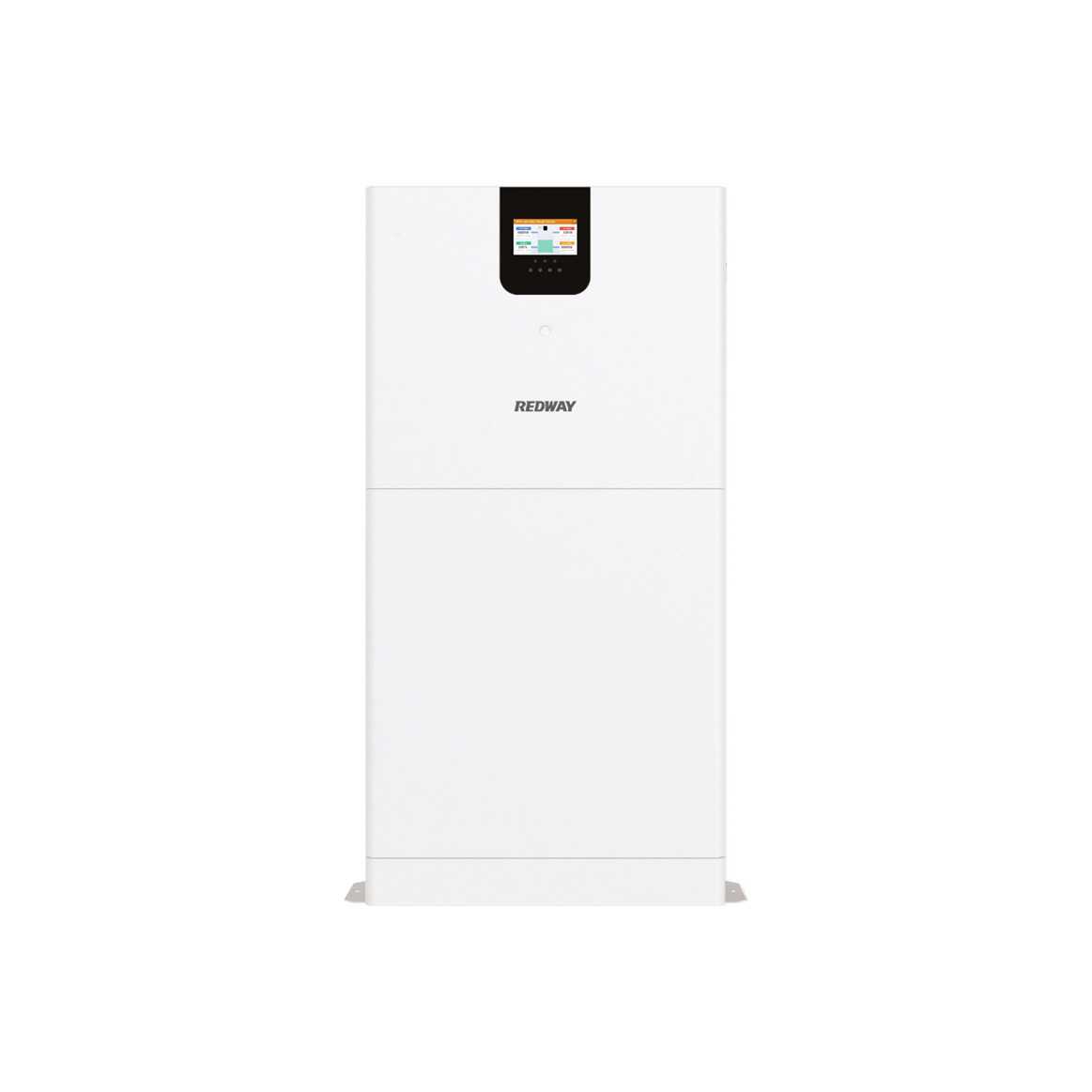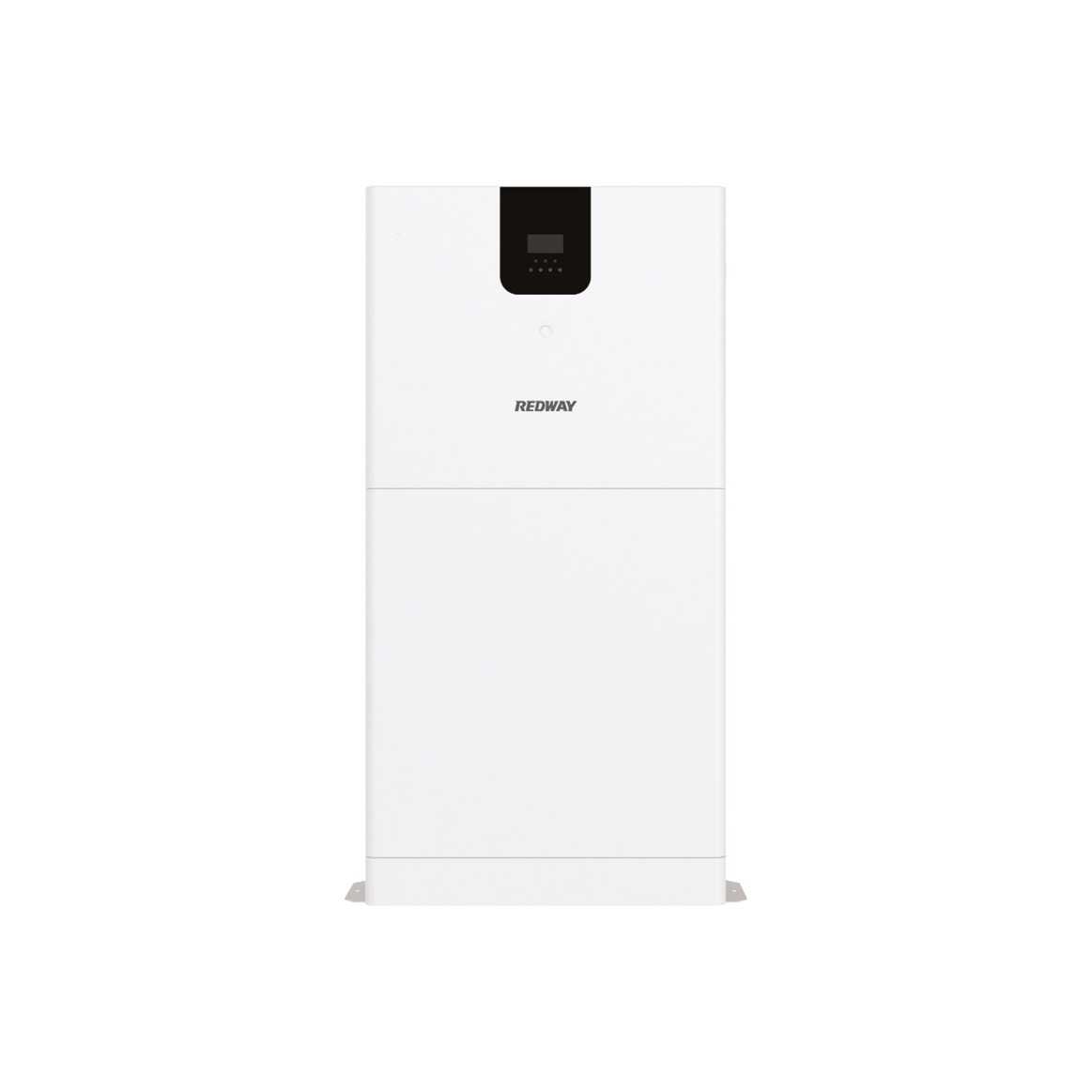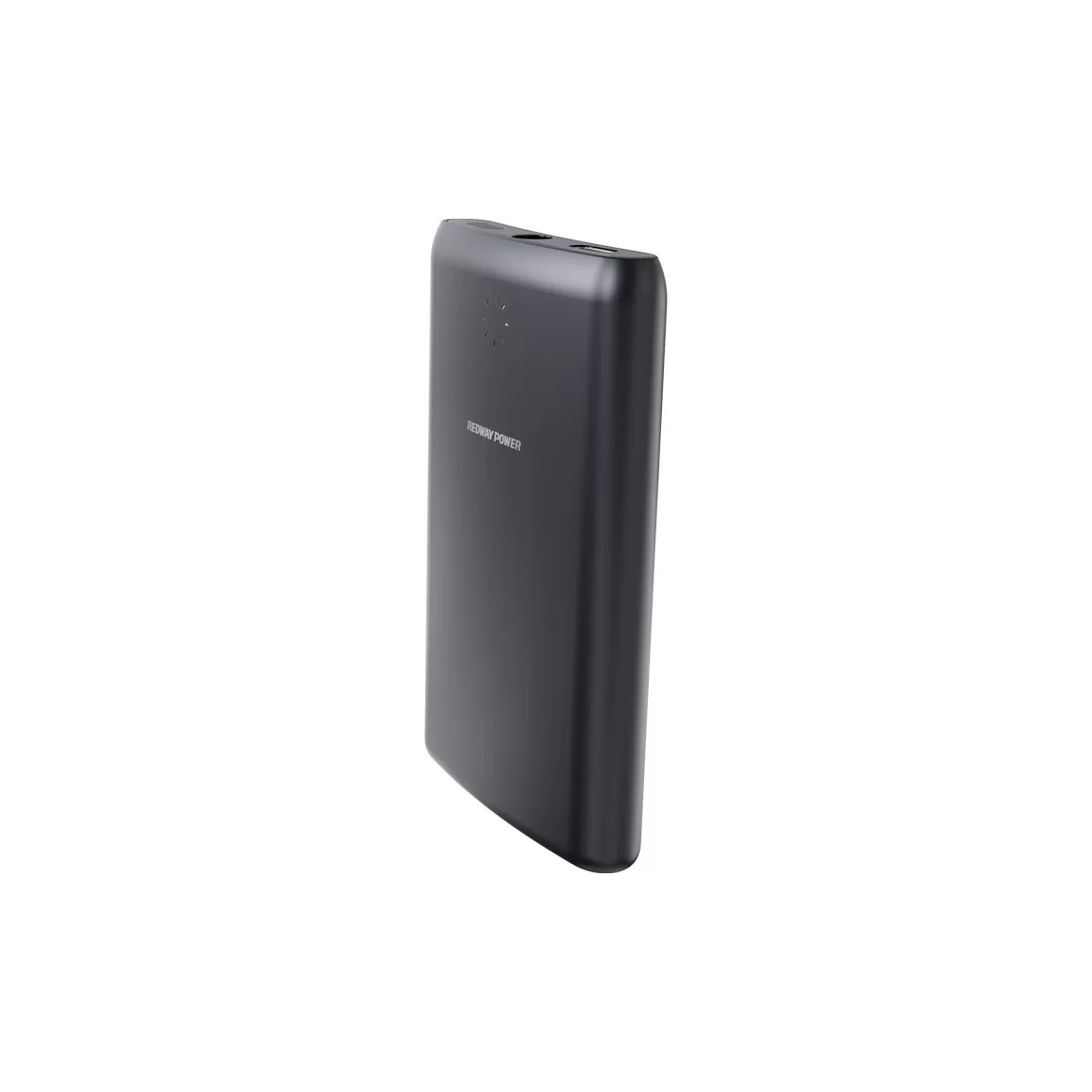Are you familiar with LiFePO4 batteries? These powerful and long-lasting energy storage solutions have gained popularity in various applications, from electric vehicles to renewable energy systems. But when it comes to optimizing the performance and lifespan of your LiFePO4 battery, one crucial factor to consider is the float voltage. In this blog post, we will explore what float voltage is, why choosing the right float voltage matters, and how you can adjust it for your specific needs. So let’s dive in and unlock the secrets of maximizing your LiFePO4 battery’s potential!
What is Float Voltage?
Float voltage is a term that you may have come across when dealing with LiFePO4 batteries. But what exactly does it mean? Float voltage refers to the constant voltage at which a battery is maintained during its resting state, after being fully charged. It is an important parameter to consider when using LiFePO4 batteries because it directly impacts their performance and lifespan.
When a LiFePO4 battery reaches full charge, it needs to be maintained at a certain voltage level in order to prevent overcharging and avoid damage. This is where float voltage comes into play. By maintaining the battery at a specific voltage, typically lower than the maximum charge level, it ensures that the battery remains in an optimal condition for extended periods of time.
Finding the right float voltage for your LiFePO4 batteries is crucial as it can significantly impact their overall performance and longevity. If the float voltage is too high, it can lead to overcharging and shorten the battery’s lifespan. On the other hand, if the float voltage is set too low, it may not provide enough energy for applications that require continuous power supply.
There are several factors that affect the optimal float voltage for LiFePO4 batteries. It depends on the specific chemistry of your battery as different types of lithium iron phosphate cells have varying characteristics and requirements. Factors such as temperature fluctuations and self-discharge rates also need to be considered when determining the appropriate float voltage.
The recommended float voltages for different applications can vary depending on factors like temperature range or desired cycle life. For example, in standby power applications where long-term reliability is crucial but immediate power demands are relatively low (such as backup systems), a lower floating voltage between 3.2V-3.5V per cell might be suitable.
Adjusting float voltages for LiFePO4 batteries can typically be done through programmable settings on compatible chargers or monitoring systems specifically designed for these batteries. It’s important to follow the manufacturer’s guidelines and recommendations when making adjustments
Importance of Choosing the Right Float Voltage
The importance of choosing the right float voltage for LiFePO4 batteries cannot be overstated. Float voltage refers to the level at which a battery is charged and maintained during periods of inactivity or when it is fully charged. It plays a crucial role in preserving the overall health and performance of the battery.
Selecting the correct float voltage ensures that your LiFePO4 batteries are not overcharged, which can lead to reduced lifespan and potential damage. On the other hand, setting it too low may result in undercharging, reducing energy storage capacity and compromising performance.
By choosing the optimal float voltage for your specific application, you can maximize both efficiency and longevity. Different applications have varying requirements, such as solar power systems, electric vehicles, marine vessels or backup power supplies. The ideal float voltages will differ based on factors like temperature conditions and discharge rates.
To determine the best float voltage for your LiFePO4 batteries, consider consulting with manufacturers’ guidelines or seeking expert advice. Additionally, monitoring battery performance regularly allows you to make necessary adjustments if required.
Selecting an appropriate float voltage helps ensure that your LiFePO4 batteries operate optimally while extending their lifespan – an important consideration for any user aiming for reliable long-term power solutions!
Factors Affecting Optimal Float Voltage for LiFePO4 Batteries
Factors Affecting Optimal Float Voltage for LiFePO4 Batteries
The optimal float voltage for LiFePO4 batteries is influenced by several key factors. First and foremost, the battery chemistry itself plays a significant role. LiFePO4 batteries have a higher nominal voltage (3.2V per cell) compared to other lithium-ion chemistries, which affects the recommended float voltage range.
Temperature also has a profound impact on float voltage. As with all batteries, colder temperatures decrease the battery’s capacity while warmer temperatures increase it. Therefore, adjusting the float voltage according to temperature variations becomes crucial to ensure optimal performance and longevity of the LiFePO4 battery.
Furthermore, load characteristics must be considered when determining the ideal float voltage. The type and intensity of discharge activities can affect how much energy is stored in the battery during charging cycles, thereby influencing its required float voltage.
Additionally, manufacturers often specify specific tolerances or guidelines for maintaining an appropriate float voltage based on their product design and intended use cases. These specifications take into account factors such as internal resistance, self-discharge rates, and overall system efficiency.
Lastly but certainly not least, it’s important to note that individual application requirements may vary significantly when it comes to choosing an optimal float voltage for LiFePO4 batteries. Different applications demand different power needs and operating conditions; therefore, tailoring the float voltage accordingly is essential for maximizing efficiency and extending battery life.
Considering these various factors allows users to select an accurate floating charge level that aligns with their specific operational needs while safeguarding their valuable investment in LiFePO4 technology.
Recommended Float Voltages for Different Applications
Recommended Float Voltages for Different Applications
The optimal float voltage for a LiFePO4 battery depends on the specific application it is being used for. Here, we will discuss the recommended float voltages for different applications to help you make an informed decision.
For standby or backup power applications such as UPS systems and emergency lighting, a float voltage between 3.40V and 3.45V per cell is generally recommended. This ensures that the battery remains fully charged while not overcharging it, which can lead to decreased performance and shortened lifespan.
In renewable energy systems like solar or wind installations, where batteries are used to store excess energy generated during peak production times, a slightly higher float voltage of around 3.50V per cell may be suitable. This helps maintain the battery’s charge level during extended periods of low energy generation.
In electric vehicle (EV) applications, where LiFePO4 batteries are commonly used due to their high energy density and long cycle life, the recommended float voltage can vary depending on factors such as temperature and driving conditions. However, a range of 3.30V to 3.35V per cell is often considered ideal for balancing performance and longevity.
It’s important to note that these are general recommendations and may need adjustments based on specific circumstances or manufacturer guidelines. Always consult with experts or refer to product documentation before making any changes in float voltages.
By understanding the recommended float voltages for different applications, you can ensure that your LiFePO4 batteries operate optimally and have an extended lifespan while delivering reliable power when needed most.
How to Adjust Float Voltage for LiFePO4 Batteries
When it comes to adjusting the float voltage for LiFePO4 batteries, there are a few key steps you can take to ensure optimal performance. It’s important to understand that the float voltage is the voltage at which the battery is maintained during periods of inactivity or low demand.
To adjust the float voltage, you’ll need to access the battery management system (BMS) or charge controller for your LiFePO4 battery. This will allow you to make changes to various settings including the float voltage. It’s crucial to consult the manufacturer’s guidelines or technical specifications for your specific battery model before making any adjustments.
Once you have located and accessed the BMS or charge controller, follow its instructions for adjusting the float voltage. Typically, this involves navigating through a menu or interface and inputting desired values for parameters such as “Float Voltage” or “Battery Float Charge.”
Remember that each LiFePO4 battery may have different recommended float voltages depending on factors like cell chemistry and capacity. It’s essential not to deviate too far from these recommendations as it could compromise battery performance and lifespan.
By carefully adjusting and monitoring your LiFePO4 battery’s float voltage, you can optimize its efficiency and prolong its overall lifespan – ultimately ensuring reliable power supply in various applications ranging from renewable energy systems to electric vehicles!
Conclusion
Conclusion
Choosing the right float voltage for LiFePO4 batteries is crucial for their performance and lifespan. It is important to understand what float voltage is, how it affects the battery, and the factors that influence the optimal float voltage.
LiFePO4 batteries are known for their long cycle life, high energy density, and excellent thermal stability. These qualities make them a popular choice for various applications ranging from renewable energy storage to electric vehicles.
Float voltage refers to the constant voltage applied to a fully charged battery during its standby or maintenance phase. It helps maintain the battery’s state of charge without overcharging or undercharging it. Selecting the correct float voltage ensures that your LiFePO4 battery remains in an optimal condition while minimizing any potential damage.
Several factors affect the optimal float voltage for LiFePO4 batteries, including temperature variations, load demands, and desired service life. Monitoring these variables can help determine an appropriate range for your specific application.
Recommended float voltages vary depending on different applications. For example:
– In solar energy storage systems, a recommended float voltage range of 13.6V – 14V per cell is commonly used.
– Electric vehicle (EV) manufacturers often recommend a lower floating voltage range of around 3.55V – 3.65V per cell.
– Telecommunication backup power systems typically employ a higher floating voltage range between 14V – 15V per cell.
To adjust the float voltage of your LiFePO4 battery effectively:
1. Consult the manufacturer’s guidelines: They may provide specific recommendations based on your battery model.
2. Use a quality charger or BMS: Investing in reliable equipment will ensure accurate regulation of charging parameters.
3. Monitor temperature: Adjusting float voltages based on ambient temperature changes can safeguard against overcharging or undercharging issues.
Selecting an appropriate float voltage plays a vital role in optimizing performance and extending

